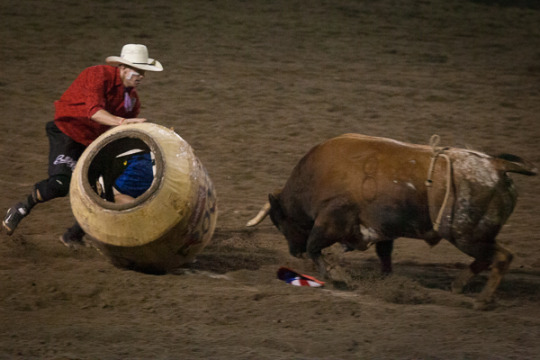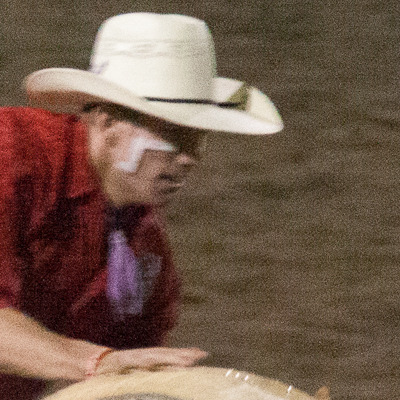Film Speed (ISO)
February 11th, 2020Film speed is a term that’s not used much any more but I feel it better describes the concept we need to discuss than the more common, current term ISO. Film speed refers to how sensitive the film, or digital sensor, is to light.
Back in the day, film was manufactured with silver halide grains which are light sensitive. Film with large grains was called fast film because it would expose quickly; or to state it another way, it would work well in low-light. Slow film, with small silver halide grains, would take more time to expose properly and could therefore be used in bright-light (daylight) conditions.
Over the decades there have been many ranking systems that provided a relative assessment of how fast film would expose. Two of the more common ones were ASA and DIN. These various rating systems were combined and superseded in 1974 by a collection of ISO standards. (ISO is the acronym for the International Organization for Standardization which addresses not just photography but provides standards on a huge range of topics.)
The size of the light sensing pixels in a digital sensor is set when the sensor is created/built and can’t easily be swapped out like with a roll of film. Therefore manufacturers of digital cameras have come up with other creative ways to mimic or emulate film speed within a digital camera. Some of the ways include altering the sensor’s voltage, analog and digital amplification. All of these ways have benefits and limitations; there is no panacea.
The detailed complexities of how these methods work aren’t critical for our discussion but suffice it to say that in general terms they all decrease the signal to noise ration. The result is an increase in the signal (our picture) but also an increase in the noise.
Consider this picture shot at the Oakley, UT 4th of July rodeo.

(Canon 5DMII, EF70-300 DO @ 210mm, f/6.7, 1/250s, ISO 12800)
I boosted the ISO to 12800 to adjust for the conditions, which allowed me to take the shot, but doing so resulted in significant noise in the final image.
By zooming in on the rodeo clown’s face we can clearly see the noise.

